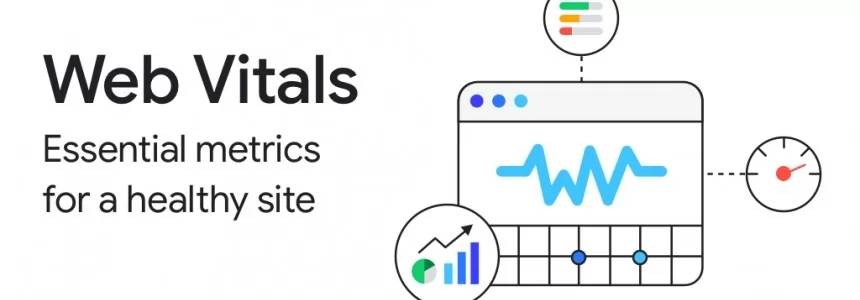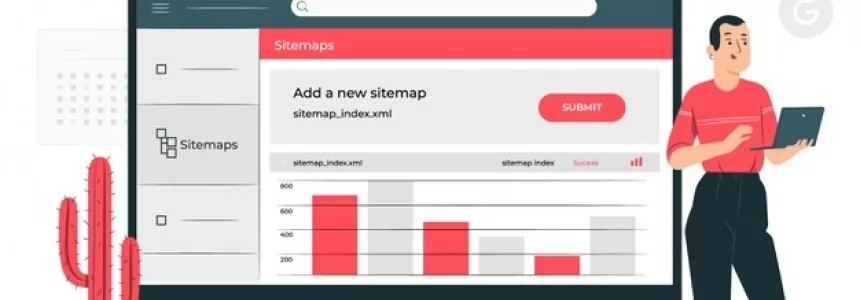
SEO optimization is constantly evolving, and it doesn’t include only writing and SEO-friendly blog post. Some of the requirements are a mobile-friendly website, fast loading time, and support for Google crawlers. Let’s say you’ve got that covered.
Then It’s time to turn to SEO writing was in the last couple of years. Google adjusted its algorithms to reward quality content and user experience. That is why long quality posts with lots of information will rank higher, especially if you present them in a user-friendly readable manner.
It’s time to run through 7 basics of SEO writing.

Top steps of SEO friendly writing
For years, the content quality is becoming an increasingly important ranking factor; you should start with finding the right topic. Research authority websites and try to come up with better or with an article that provides a more in-depth approach. Once you zeroed in on your post topic, run through these seven steps for SEO writing.
1. Run your keywords research
Back in the old days, placing as many keywords in the text was essential to SEO. These days are long gone, but keywords still play an important role. In 2019 its not about the exact keyword, as it is about responding to the user's queries. That means you’ll need to use long tail keywords.
Start with a Google search bar and use a feature called Google Suggest. Start typing your keyword and wait for suggestions. These are actual phrases and long tail keywords that people search. After finding your first authentic results, try to scale your search with some of the best tools like Jaaxy, Solve, SeCockpit, Keywords Everywhere, Moz Keyword Explorer, KeywordTool.io, Google Keyword Planner. A good reference search is browsing through large online communities like Reddit, Quora, or forums.
2. Create top content
Google search results are influenced by the quality of the content and user experience. Hot to create great content? Once you have your topic, search Google, and see what top-ranked competition is doing. There are some guidelines. It’s better to write detailed posts then just laying out a few tips. Your article has to offer additional value, information that answers his search query, and if you can add unique know-how on the topic.
Longer posts are ranked better. The tone of the article needs to be conversational, and you should insert multimedia content like pictures, videos, or infographics.
3. SEO readability and structure
You have finished your perfectly crafted conversational article. Now it’s formatting time. Divide your content into smaller pieces. For the tittle use H1 tag and use keywords. For subtitles between smaller pieces of ideally 2000 words+ content use H2, H3 and if necessary H4 tags along with inserting keywords. Your content needs to be original and with a high readability score. Both of these features could be checked with free tools.
4. Keyword and link placement
If you listened to SEO advice in early 2000, your post would be overwhelmed with exact keywords. Nowadays, context matter, and resolving queries are crucial to finding the best keywords. Once you have your keywords, you need to place them into your article.
The title should have your main keyword; subtitles should include related keywords. Place a keyword in the first 100 words, in the middle part of your post and the last 150 words. If you have a Wordpress website using the Yoast plugin.
You can cover all the SEO basics with this app.If you are not skilled with writing the article and keyword placement that should not be more than 3—3.5% in the text, you could go online and find Essay On Time in Australia who can respond to writing request, or you can look up SEO writers on freelance platforms.

5. SEO friendly URL, metatags and title
The URL of your blog post should be short, descriptive, and contain keywords. Edit your metatags, especially the title and description tags, because they are going to be used for SERP snippets. The title should be catchy, interesting, but not clickbait, and it should include the keyword.
6. Optimize images
SEO loves multimedia content, but there is a known problem with Google AI and images recognition. That is why you need to edit your image name and tags. Image name needs to have a short description of the picture, and the alternative text column has to be more descriptive. That way, Google will understand what that image represents.
7. Internal and external linking
When you include links in your post, that will signal the Google that your content is relevant and trustworthy. Your outbound links should reference authority sites, and depending on the length of your article; there should be up to eight. Google likes internal links also, so include up to five links to other content on your website.
Conclusion
SEO optimization is a neverending game, and once you publish your post, the work is not done. You can always optimize more, especially if Google releases updates on ranking factors. Try to follow our seven steps when creating an SEO friendly post, but don’t stop there. Research free tools for tracking your SEO performance, and think about optimizing featured snippets. A big thing for SEO performance could be backlinks. This is a challenging task, and the best way is to start with some guest posts and try to connect to other media and communities.
Google tries to adjust its algorithm to find the best content and deliver it to search queries. If you check all the boxes from quality readable content with excellent on-page user experience and follow other SEO steps, you might end up on the first page of Google search results.
We suggest you to take a look on how to use Surfer Seo, an online tool that analyzes hundreds of factors of your page's content and helps you to get the best results for your web products.
Jeff Blaylock is a freelance author with a strong affinity towards digital marketing, SEO best practices, and make money online niches. As a successful blog post and article writer, his mission is to share sometimes confusing topics simply and understandably. Jeff thrive in complex technical material and turns it into clear, easy to read writing.
Business vector created by slidesgo - www.freepik.com Images from Pixabay
Silvia Mazzetta
Web Developer, Blogger, Creative Thinker, Social media enthusiast, Italian expat in Spain, mom of little 9 years old geek, founder of @manoweb. A strong conceptual and creative thinker who has a keen interest in all things relate to the Internet. A technically savvy web developer, who has multiple years of website design expertise behind her. She turns conceptual ideas into highly creative visual digital products.
Related Posts
Optimizing the Robots.txt file for Google
The Robots.txt file serves to give information to Googlebot and other robots that crawl the Internet about the pages and files that should be indexed on our website. Although it…
The Impact of Social Media Engagement on SEO Maximising Results with Link Building Agency
Our daily lives now include social media, and businesses have realised its potential for engaging and interacting with the target audiences. Social media not only makes it easier to communicate…
Use the SRCSET attribute to improve your SEO
There is a new standard HTML attribute that can be used in conjunction with IMG called SRCSET. It is new and important as it allows webmasters to display different images…
SEO: How to choose the best Anchor Text
Anchor Text are the words used to insert a link within a piece of content. This text can be anything from "click here" to the name of a brand or…
Cumulative Layout Shift, what is and How to optimize CLS
Cumulative Layout Shift, one of the new Core Web Vitals metrics, is the first metric that focuses on user experience beyond performance. Unexpected movement of web page content is a major…
Understanding LCP, CLS, FID. All about Core Web Vitals in Google Search Console
A few months ago we talked about certain Google metrics that were displayed in Search Console. The reason for writing another post on this topic is that Google has changed…
The best free tools for linkbuilding
Linkbuilding is one of the main factors in improving the SEO positioning of a page. Having a profile of inbound links from pages with great authority can mean the difference…
SEO: How to find and remove artificial links
At Ma-no we are aware of the importance of a good linkbuilding strategy in order to achieve success with a website. Links are key to placing a website among the top…
5 Tips to Bring More Traffic to Your Blog
Publishing a blog on your business website is an effective marketing tool for several reasons. Blog posts are the ideal place to share information about your company, products, services, and showcase…
How to Deal with Unnatural Inbound Links
A website that has a good rank on search engines, especially Google is a big task. Backlinks or Inbound links are one of the best ways to achieve this ranking.…
SEO in Google News: How to appear in Google News
Google News is a tool, from Google, that spreads current, reliable and truthful content from different websites or portals dedicated exclusively to news. The sites that appear in Google News have…
How to comply with Google's quality guidelines in 2020
Google provides a set of guidelines on what your website's content should look like in order to appear in search results. There are several categories within the Google guidelines: Webmaster Guidelines. General guidelines. Content-specific…













